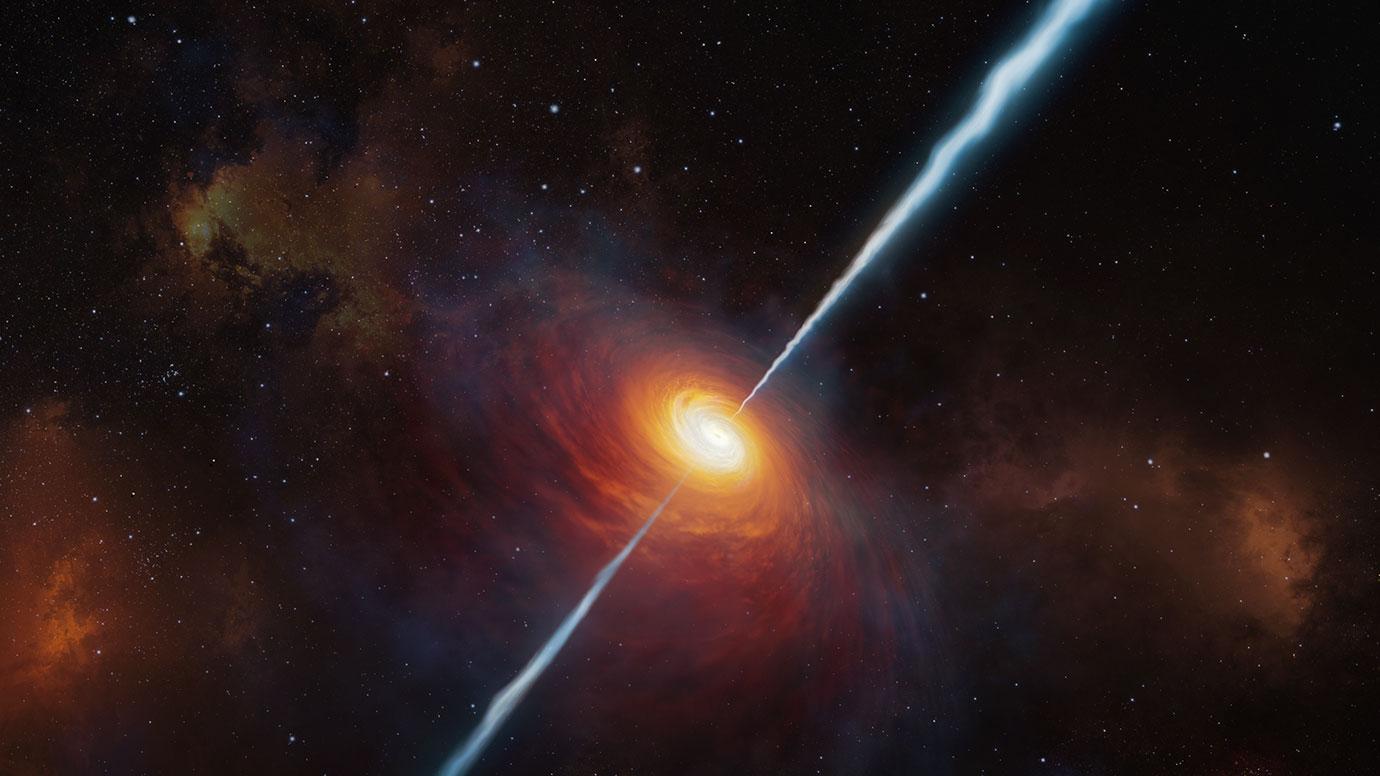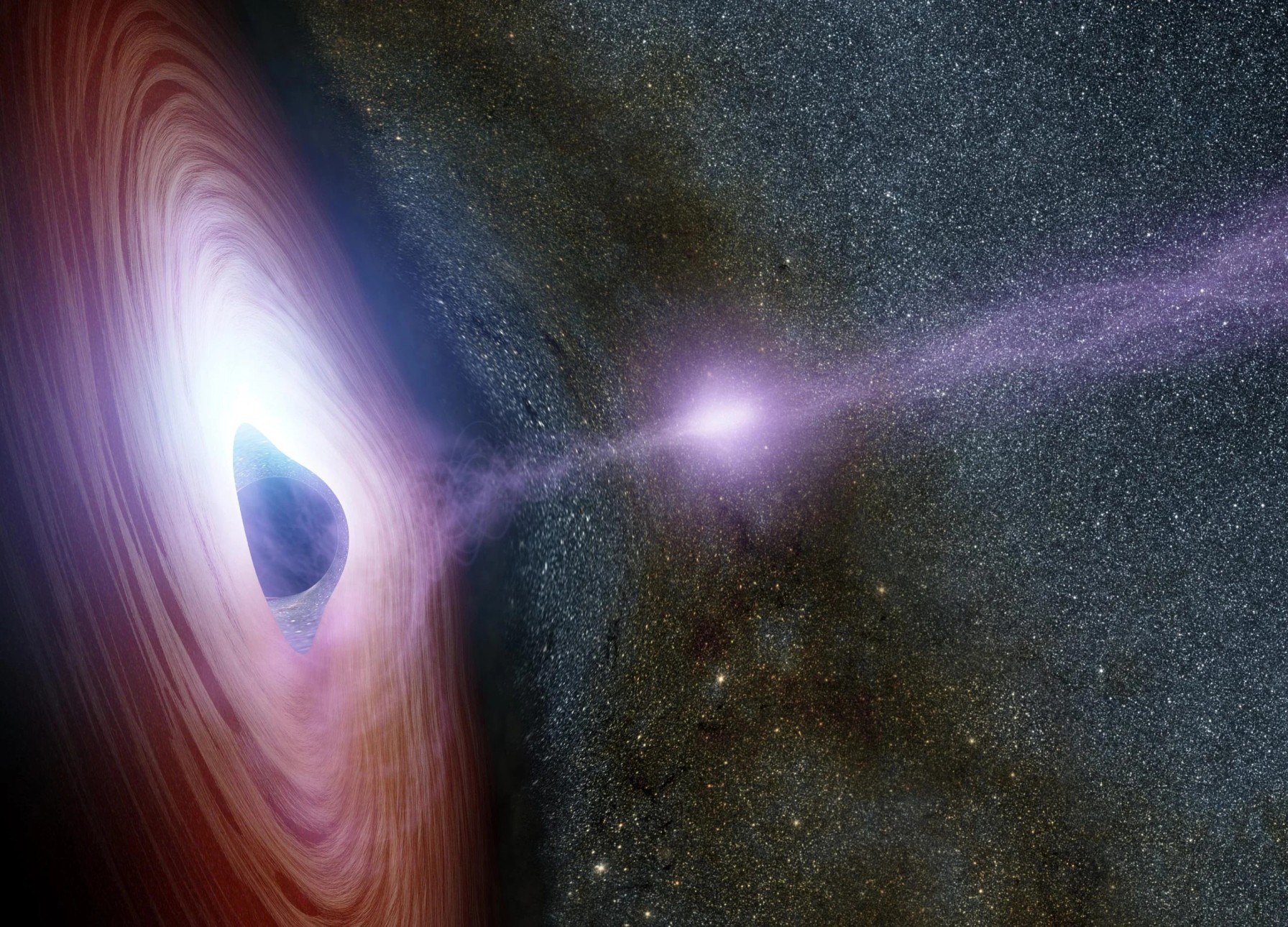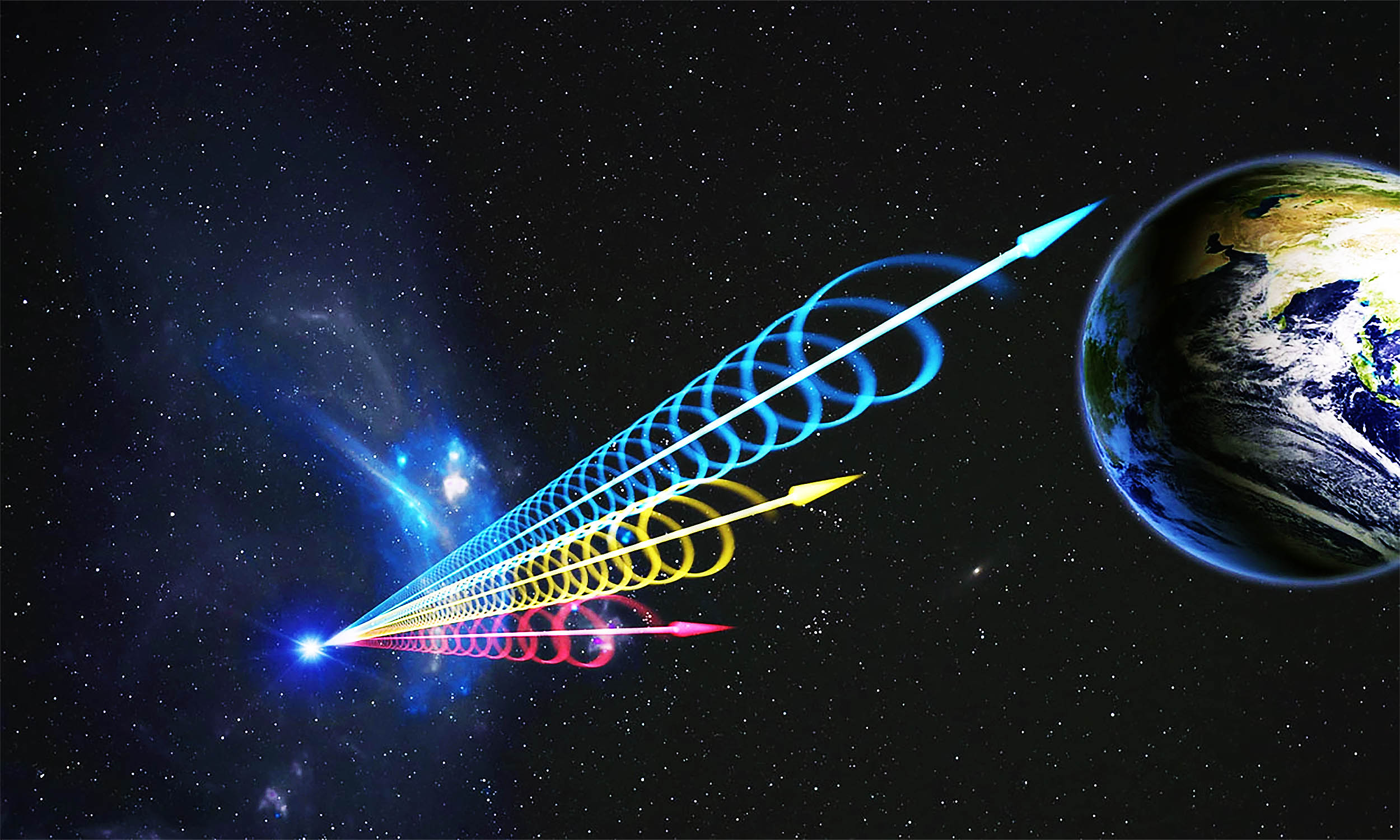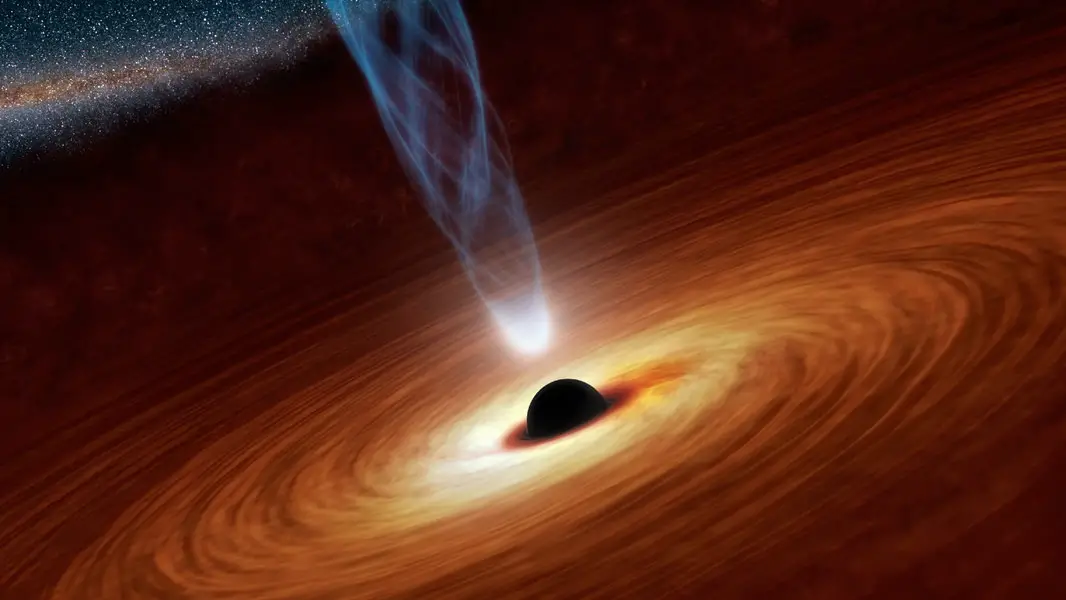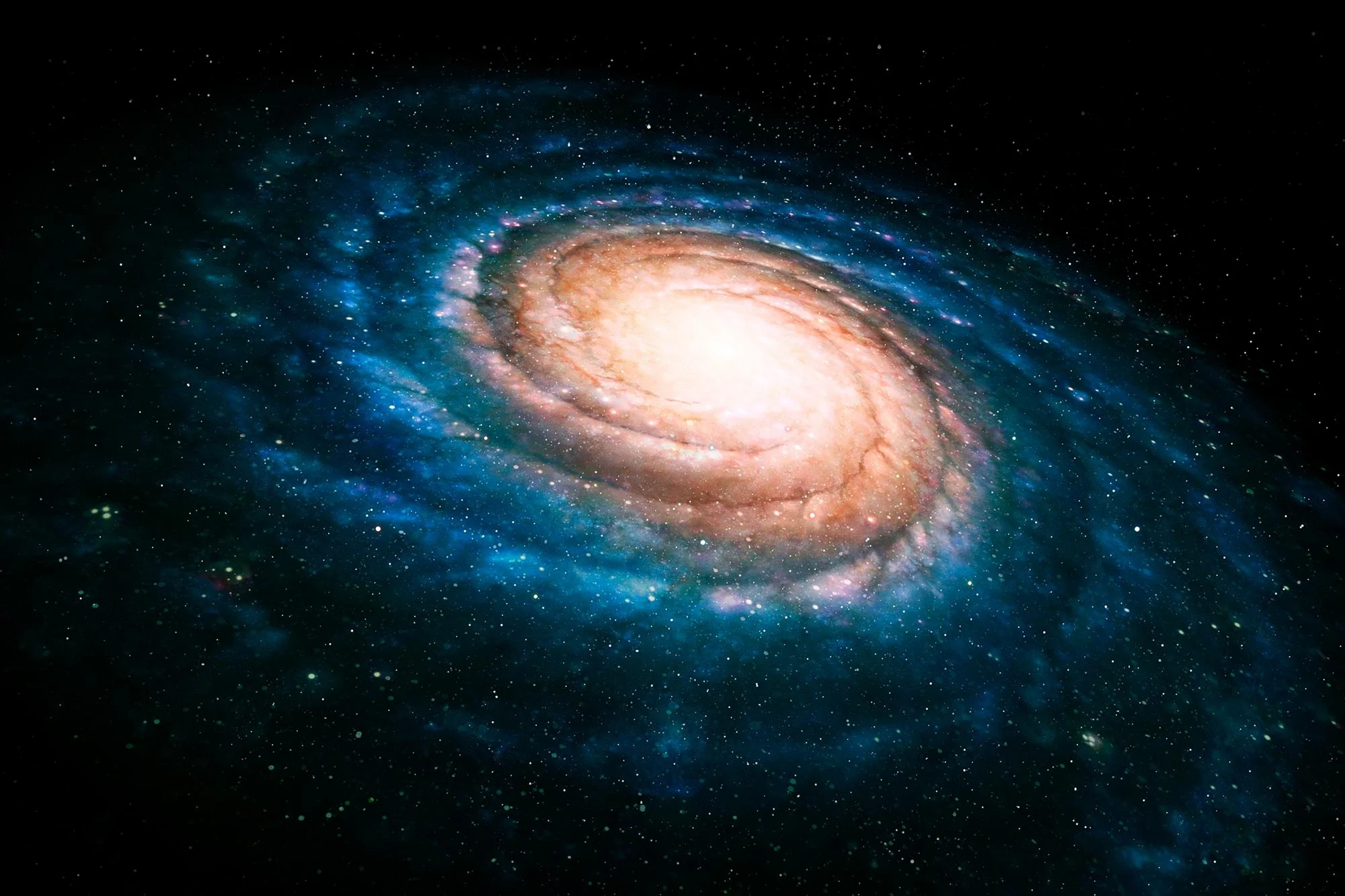A star near the Milky Way’s black hole lost energy as predicted by Einstein’s theory.
Key Takeaways
- Scientists observed a supermassive black hole absorbing energy from nearby starlight for the first time.
- The discovery confirms Einstein’s prediction that gravity shifts light to lower frequencies.
- The star S2 traveled at 5,000 miles per second near the Milky Way’s black hole, Sagittarius A*.
- Using the GRAVITY instrument, astronomers measured the redshift effect with unprecedented accuracy.
- This finding strengthens our understanding of gravity and black holes beyond Newtonian physics.
__________
Einstein’s Prediction Passes Another Test
Astronomers have observed, for the first time, a supermassive black hole absorbing energy from nearby starlight. This breakthrough discovery provides strong evidence for Albert Einstein’s theory of general relativity, which predicted that light passing through a powerful gravitational field would lose energy, shifting to a lower frequency—a phenomenon called gravitational redshift.
The European Southern Observatory (ESO) announced the discovery at a press conference in Garching, Germany. During the event, ESO researcher Frank Eisenhuer compared Einstein’s predicted redshift to the actual observations, which matched nearly perfectly, prompting applause from the audience. “In sports, as you would say, it’s a win for Einstein,” he remarked.
A Star’s Journey Near a Black Hole
At the heart of the Milky Way lies Sagittarius A*, a supermassive black hole with a mass four million times that of the Sun. A group of stars orbits this black hole, and astronomers have long hoped to observe how its immense gravity affects light.
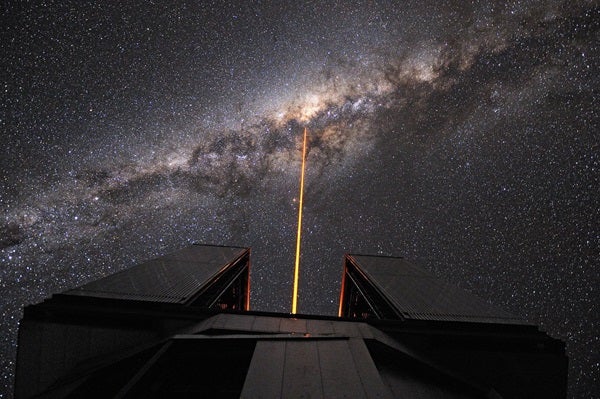
On May 19, 2018, one such star, S2, made a close pass near Sagittarius A*, reaching speeds of 5,000 miles per second—about 2.7% the speed of light. This provided a unique opportunity to measure the redshift effect under extreme gravitational conditions. The European Southern Observatory’s Very Large Telescope (VLT), equipped with the cutting-edge GRAVITY instrument, tracked the event with unprecedented precision.
By combining data from four telescopes, GRAVITY enhanced resolution 15 times beyond a single telescope’s capability. This allowed astronomers to monitor S2 hour by hour as it passed just 12 billion miles from the black hole. Their analysis confirmed that the star’s light lost energy due to the gravitational pull, shifting to a lower frequency exactly as Einstein predicted.
A New Era of Black Hole Studies
This marks the second time astronomers have observed S2’s close approach to Sagittarius A*, but the first time with such high-resolution data. Reinhard Genzel of the Max Planck Institute for Extraterrestrial Physics emphasized how years of preparation made this precise observation possible.
Odele Staub from the Paris Observatory highlighted the importance of the findings: “Gravity is a fundamental property of the universe. What we measured cannot be described by Newton anymore.” This study reinforces our understanding of general relativity and opens new doors to studying black holes and gravity in extreme environments.
Next, researchers plan to analyze whether S2’s orbit was altered by its close encounter with Sagittarius A*, providing further insights into the mass distribution of Sagittarius A*. With this new level of precision, astronomers are closer than ever to unlocking the mysteries of black holes.
